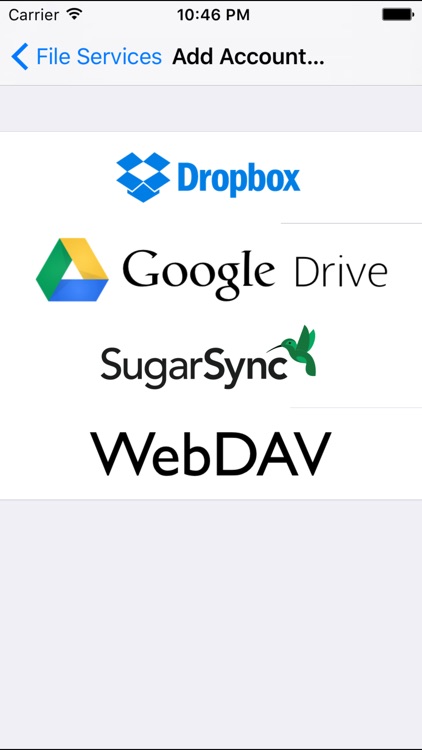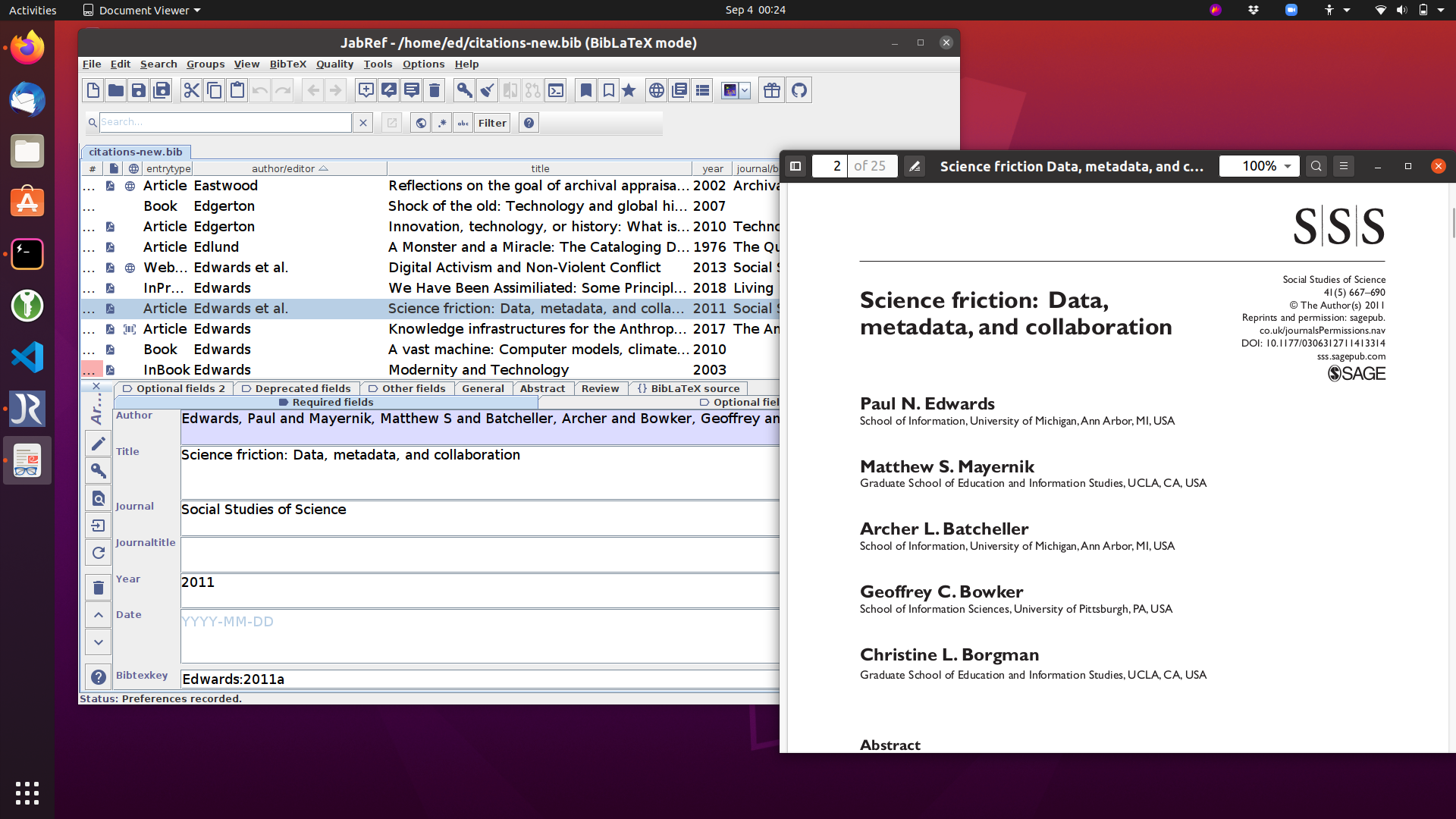

Additionally, we recorded patient age, length of hospital stay, and number of problems treated during hospitalization.
#Transition from bibdesk to jabref manual#
We performed manual chart review to collect patient data on all-cause hospital readmissions after discharge and received electronic health record (EHR) cost data associated with patient readmissions at 30, 60, and 90-day intervals from the initial date of discharge. The cohort included patients who were discharged home or to another care facility. We included appointments following hospital discharge in our study regardless of whether they were billed as a TCM visit.įrom November 2017 to March 2019, we tracked all-cause hospital admissions for PCIM patients at a local hospital system. The TCM nurse attempted to schedule all appointments within 7 days of discharge but made appointments within a later time frame when requested by the patient. There were instances in which the TCM nurse was unable to contact a patient, but the patient already had an appointment scheduled by the inpatient team. The TCM nurse tracks PCIM patients admitted to hospital systems and calls patients within 48 hours of hospital discharge to (1) confirm hospital discharge, (2) reconcile medication lists, (3) ensure patients fill any newly prescribed medications and stop discontinued medications, and (4) schedule follow-up appointments. A designated licensed practical nurse dedicates 0.5 full-time equivalent (FTE) to the TCM program. In November 2017, the department of primary care internal medicine (PCIM) at Eastern Virginia Medical Group implemented a TCM program. 1 1 Here, we outline the implementation of a TCM program and report hospital readmission rates and costs to the patient. Some studies suggest that the benefits of transitional care extend beyond 30-days after hospital discharge. 10 The benefit of transitional care includes reduced future readmissions, a reduction in medication complications, and increase in high-value care for the patient. 6 Comprehensive discharge planning and follow-up has been shown to reduce hospital readmissions 30 days postdischarge, 7-9 and the benefit of these programs extends to physicians and their practices.


3,4 In January 2013, the Center for Medicare and Medicaid Services (CMS) created new billing codes (99495, 99496) to address the work involved in coordinating postdischarge services, 5 incentivizing TCM programs by increasing reimbursements to physicians who provide transitional care. 1 Adherence to treatment plans can be low, 2 and nonadherence to discharge instructions is associated with poor health outcomes. Transitional care management (TCM) is a robust intervention to guide a patient’s transition from a hospital setting to an outpatient follow-up visit with a primary care physician. Follow-up analysis indicated significant associations between readmission rates and any level of TCM care at 60 ( χ 2=5.40, P=.02) and 90 ( χ 2=4.21, P=.04) days, but not at 30 days ( χ 2=1.39, P=.28).Ĭonclusions: Our TCM program review suggests that the benefits of transitional care extend beyond 30 days by decreasing readmission rates at 60 and 90 days after hospital discharge. We conducted χ 2 analysis, one-way analysis of variance, and unpaired t tests to assess associations between readmission rates or costs and TCM care. We collected patient demographics, readmissions, and visit costs using manual chart review and electronic health record (EHR) data extraction. We coded patient contact as (1) no successful phone-call contact, patient did not attend appointment (2) successful phone-call contact, patient did not attend appointment and (3) patient attended appointment.

Methods: The TCM team contacted patients upon discharge to schedule the follow-up appointment. We aimed to evaluate the efficacy and self-sustainability of this TCM program. In 2017, the department of primary care internal medicine (PCIM) at Eastern Virginia Medical Group implemented TCM. Background: Transitional care management (TCM) programs guide patients from hospital discharge to outpatient follow-up with the goal to decrease hospital readmissions and the cost of care.


 0 kommentar(er)
0 kommentar(er)
